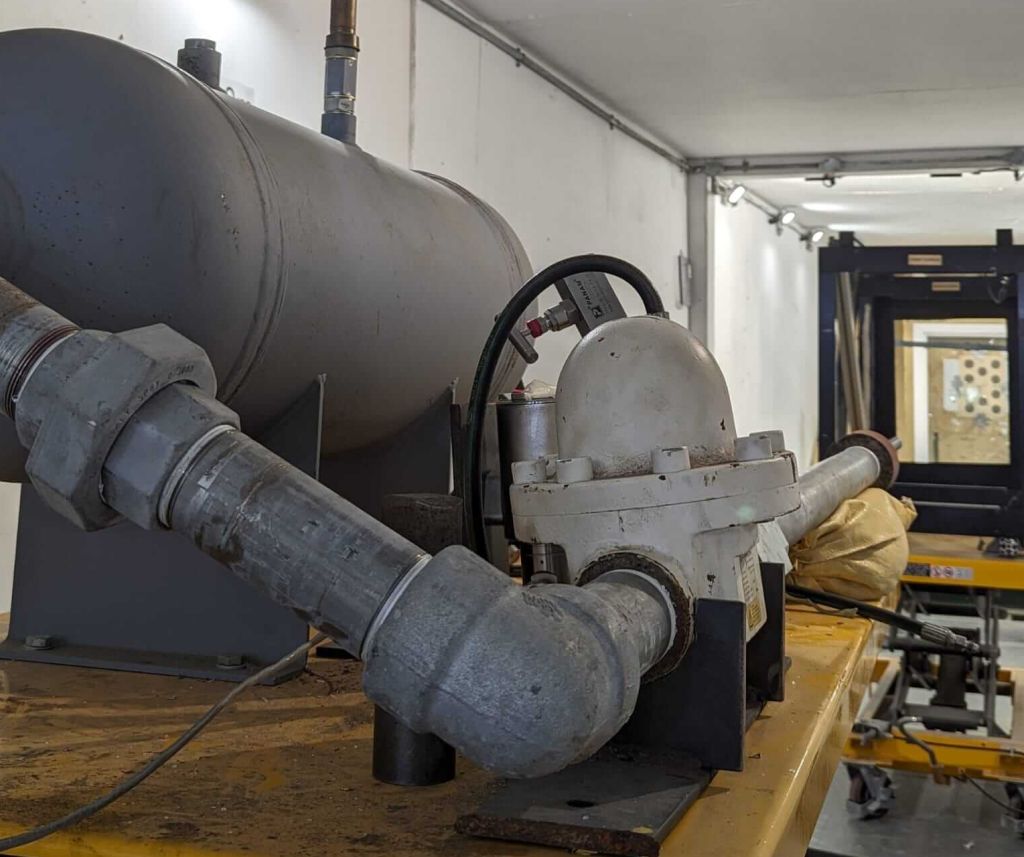Property Loss Prevention: Damage Limiting Construction Consultation

FM Global are an American insurance company specialising in loss prevention. They have developed guidelines for design of high-risk properties, in particular for the storage and processing of explosive materials.
We have had recent experience with overseeing compliance to such methods as FM 1-44, including the guidelines for deflagration events, minimising risks to occupants and adjacent assets. The applications of the guidelines are far reaching, and serve as baseline method for producing low risk operations and storage of volatile materials.
In recent projects, we have guided project designers to produce damage limiting construction, in compliance with FM 1-44, through use of appropriate vent areas, room layouts, and construction methods.
The storage and processing of explosive materials are highly regulated due to safety and security concerns. Handling explosives requires strict adherence to guidelines, standards, and regulations to minimize the risk of accidents, unauthorised access, and potential harm to personnel and the surrounding environment. The specific regulations may vary by country, and it’s essential to comply with local laws and regulations. Below are some general considerations for the storage and processing of explosive materials:
Storage
Secure Facilities:
- Explosives should be stored in secure, designated facilities designed to withstand potential explosions.
- Facilities must be located away from populated areas and critical infrastructure.
Access Control:
- Access to explosive storage areas should be restricted to authorised personnel only.
- Use security measures such as fences, gates, and surveillance to control access.
Inventory Control:
- Maintain accurate records of the quantity and type of explosives stored.
- Regularly conduct inventory checks to account for all explosive materials.
Environmental Controls:
- Storage facilities should be equipped with environmental controls to prevent degradation of explosives due to factors like temperature and humidity.
Fire Prevention:
- Implement fire prevention measures, such as fire-resistant construction and the use of fire suppression systems.
Transportation and Handling:
- Follow strict procedures for transporting explosives to and from storage facilities.
- Ensure proper handling during loading and unloading processes.
Processing
Engineering Controls:
- Implement engineering controls in processing areas to minimize the risk of accidental detonation.
- Use blast-resistant structures and barriers where appropriate.
Training:
- Personnel involved in the processing of explosive materials should undergo specialised training on safety protocols and emergency procedures.
Equipment Safety:
- Use equipment specifically designed for handling explosives.
- Regularly inspect and maintain processing equipment to ensure proper functioning.
Monitoring and Surveillance:
- Implement continuous monitoring and surveillance in processing areas to detect any irregularities or unauthorised activities.
Emergency Response:
- Develop and regularly practice emergency response plans for various scenarios, including accidental detonation, fires, or security breaches.
Regulatory Compliance:
- Stay informed about and comply with local, national, and international regulations governing the storage and processing of explosive materials.
It is crucial to consult with relevant authorities and experts in explosive materials handling to ensure compliance with specific regulations in your jurisdiction. Additionally, the information provided here is general, and specific requirements may vary based on the type and quantity of explosive materials involved. Always prioritise safety and seek professional guidance when dealing with explosive materials.
Please CONTACT US if you would like more information.



Ewan S. GRADUATE ENGINEER
Share this page




